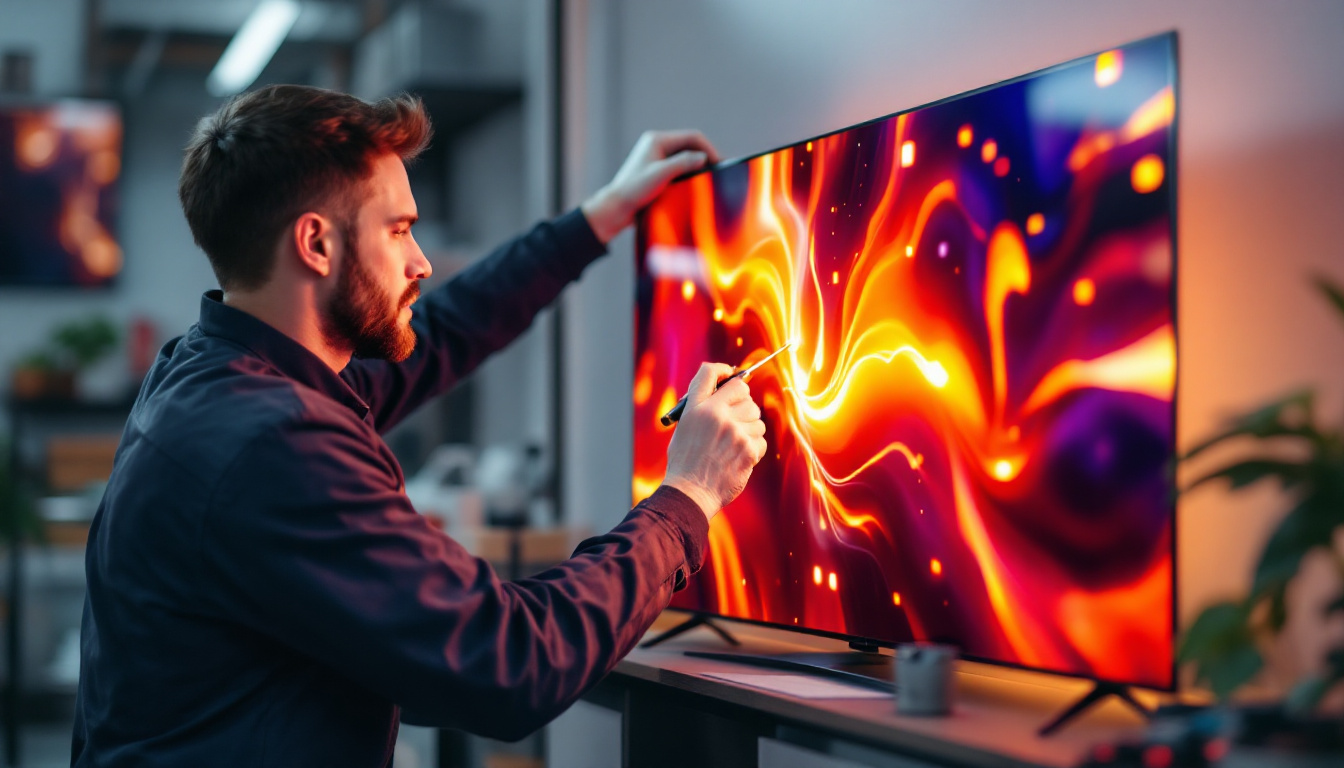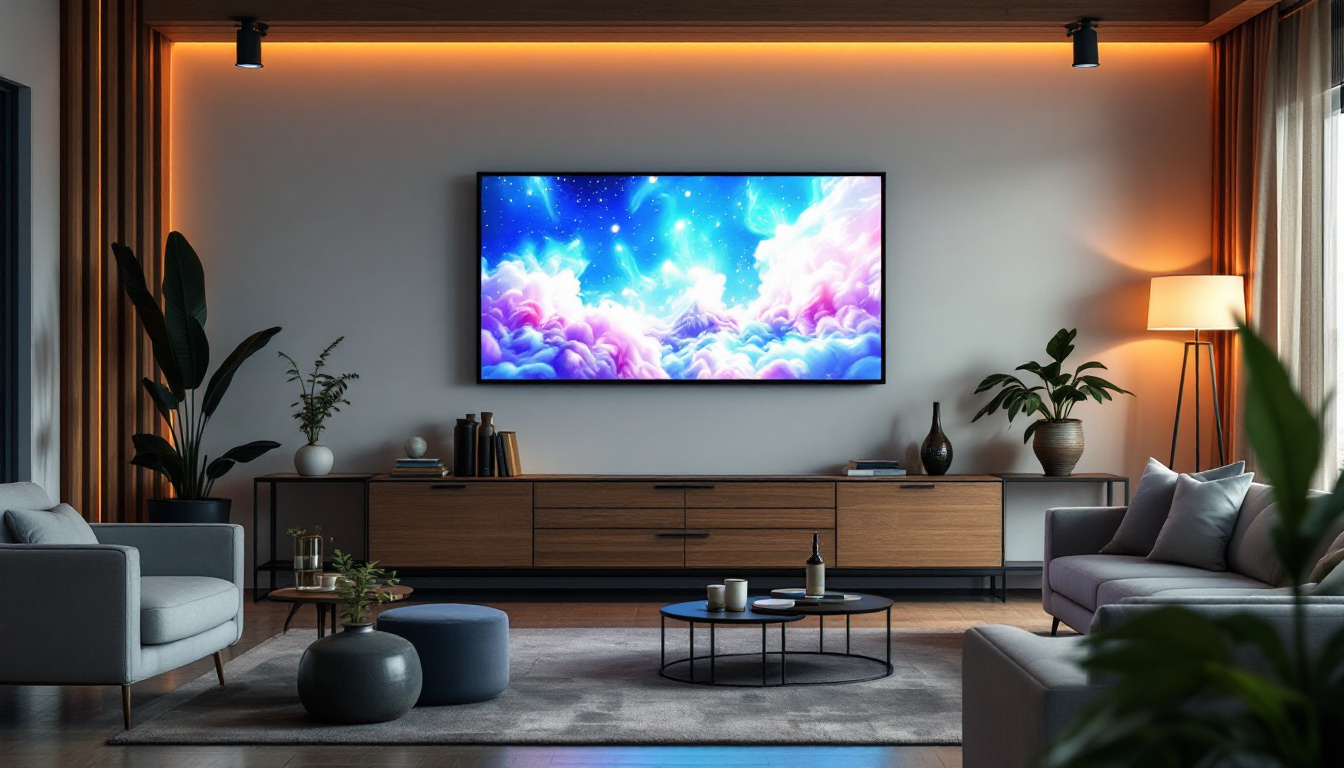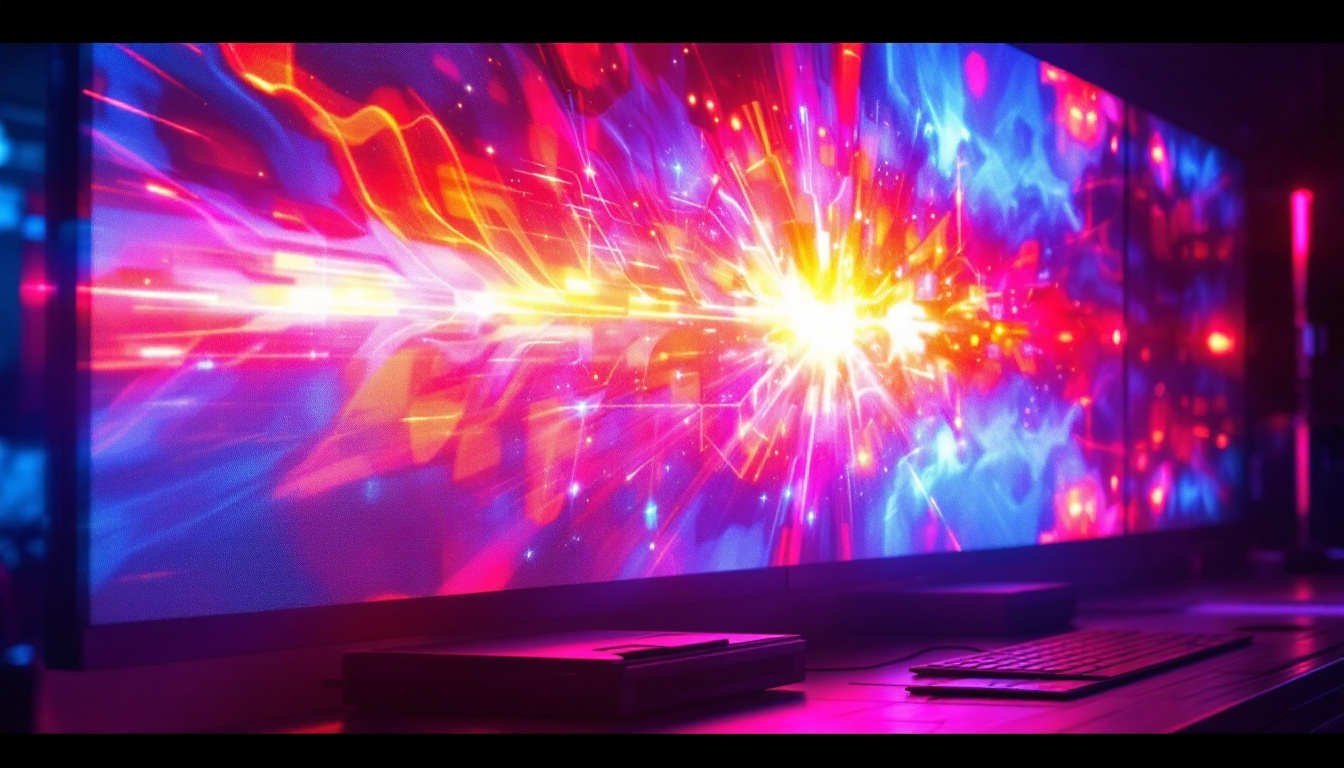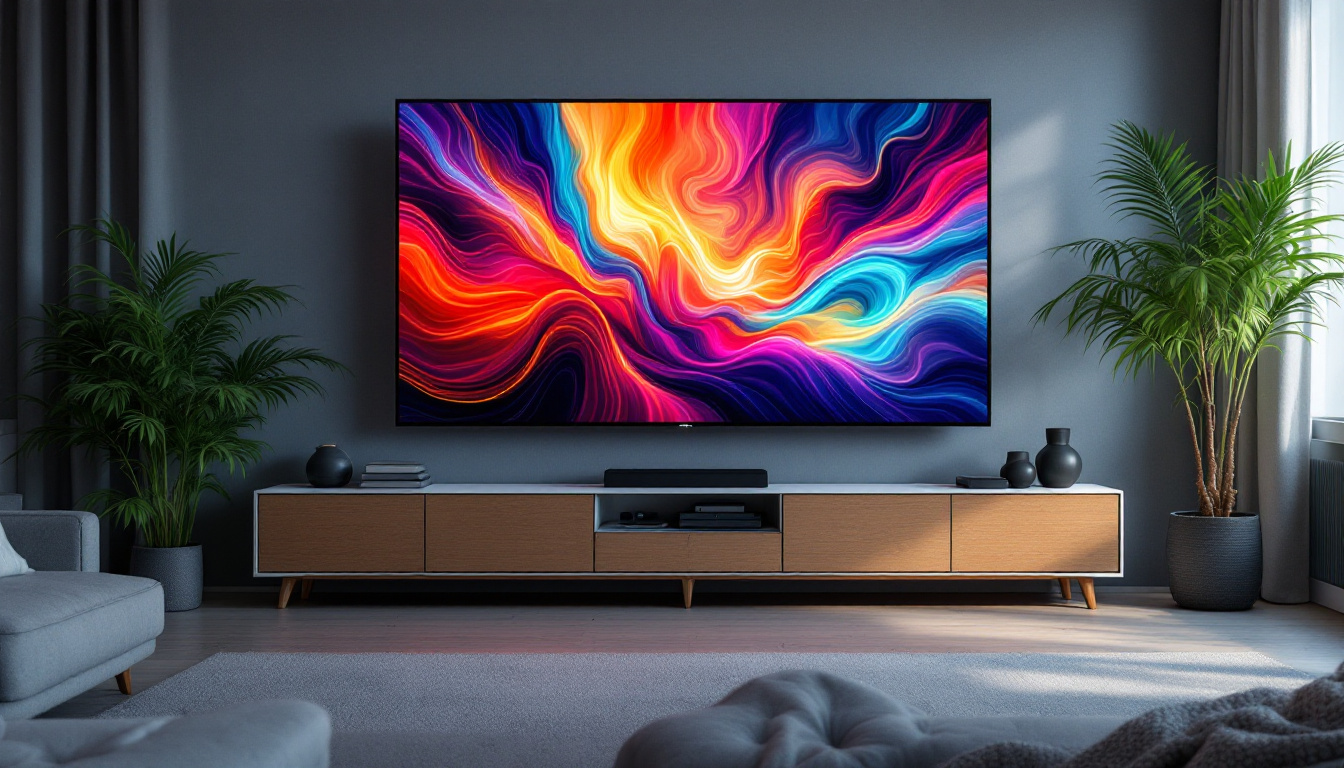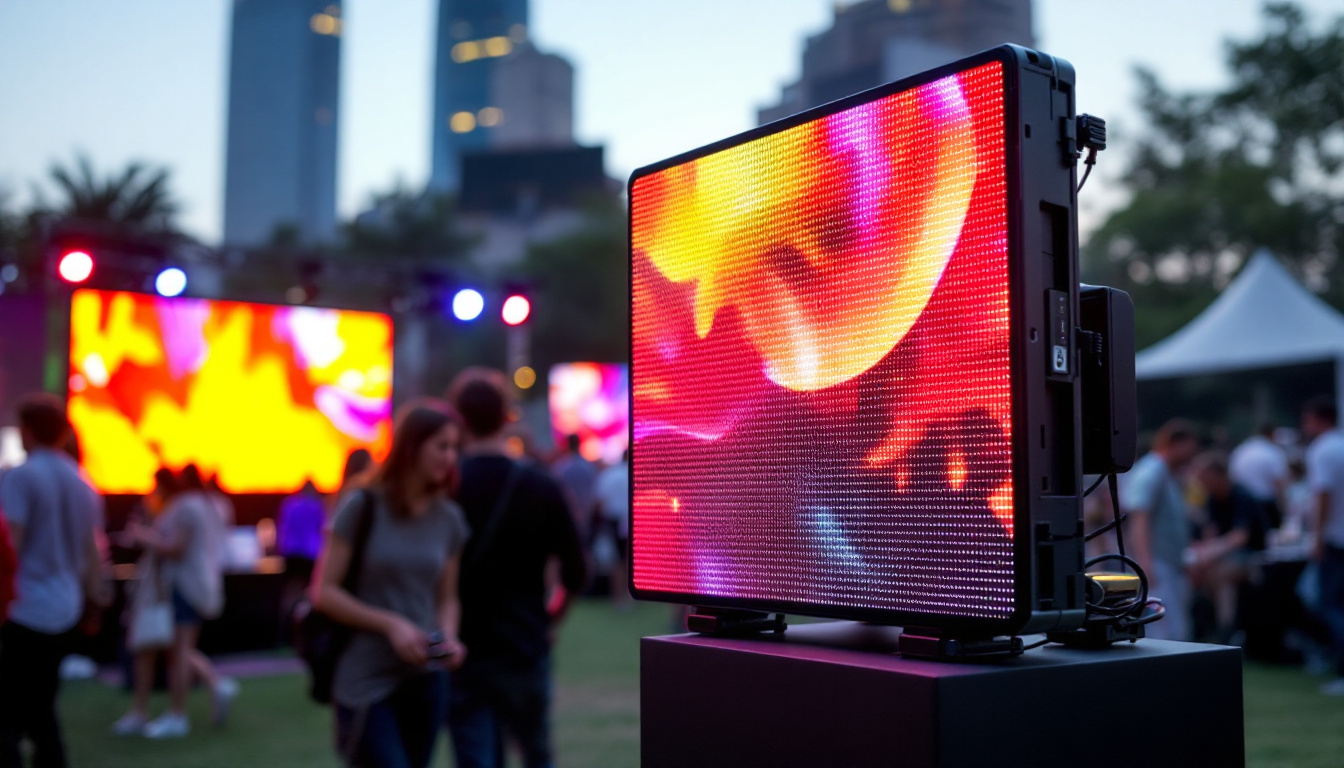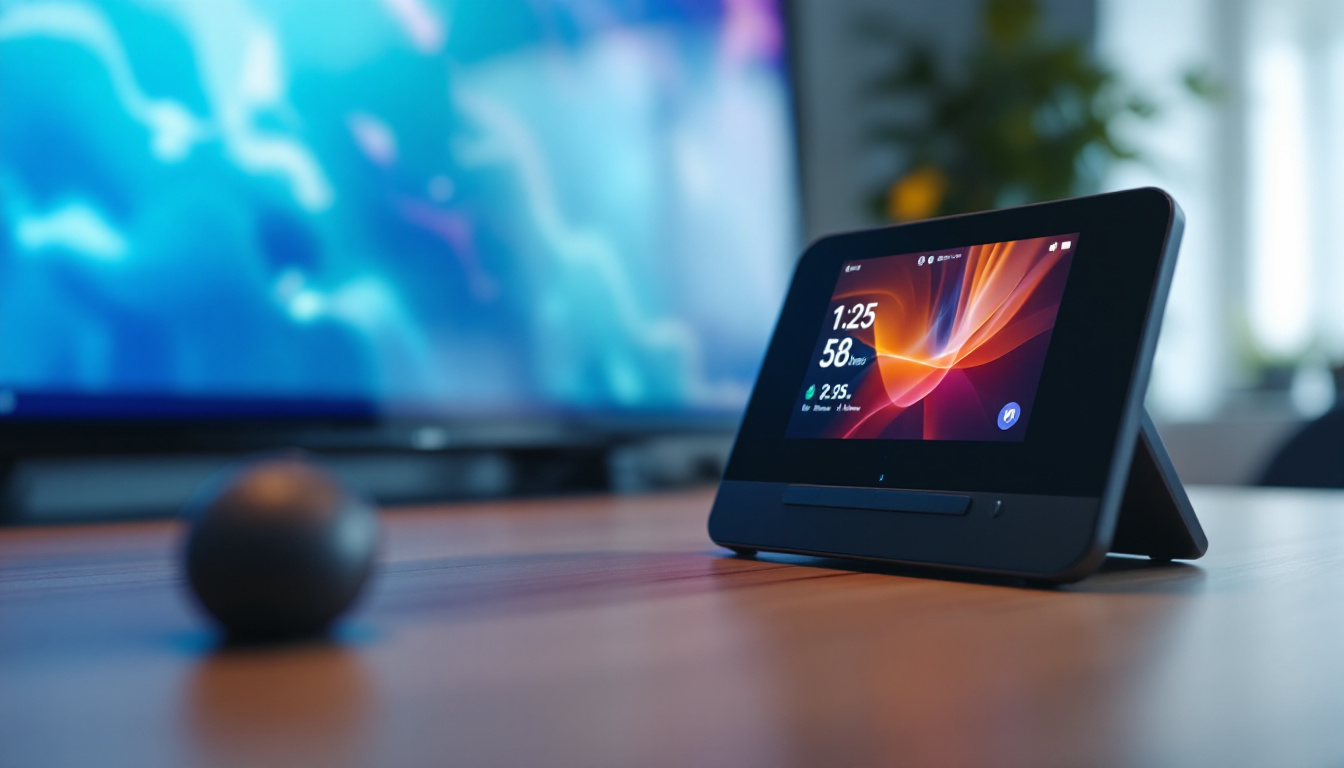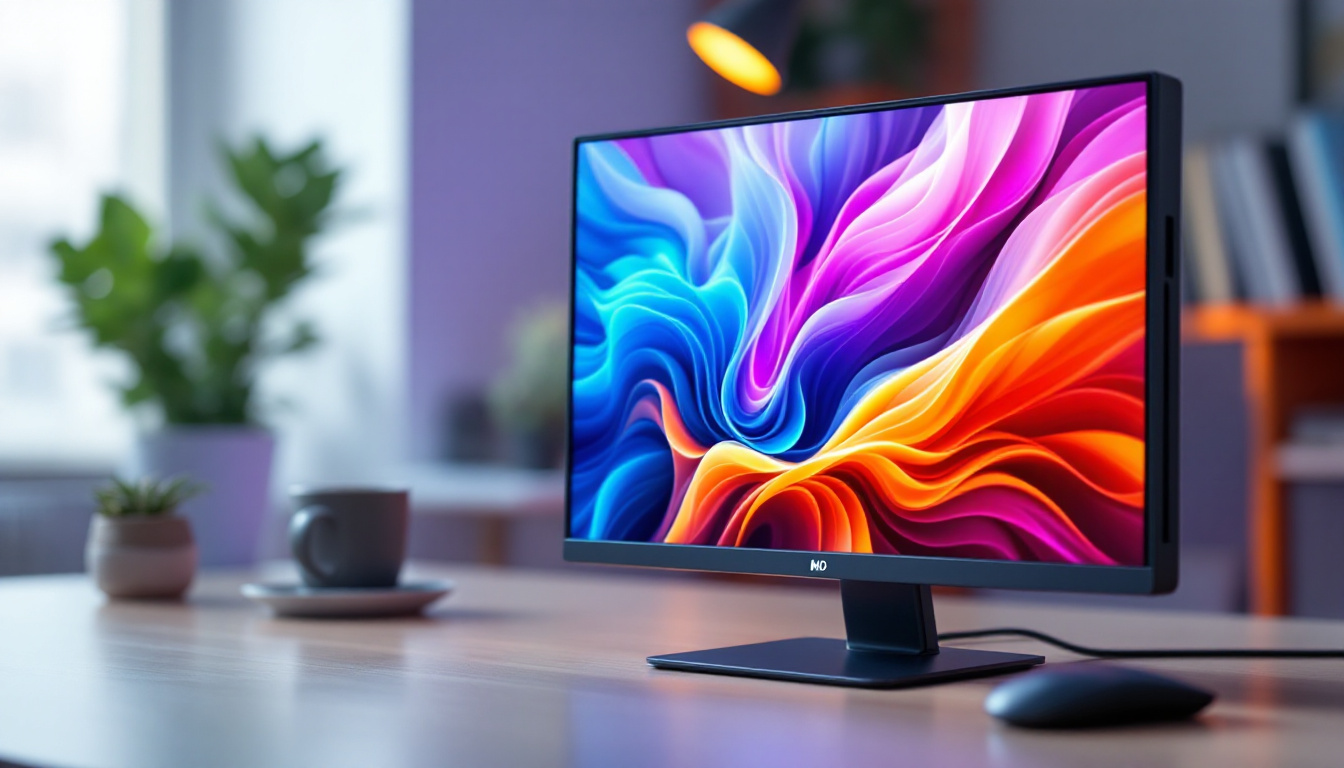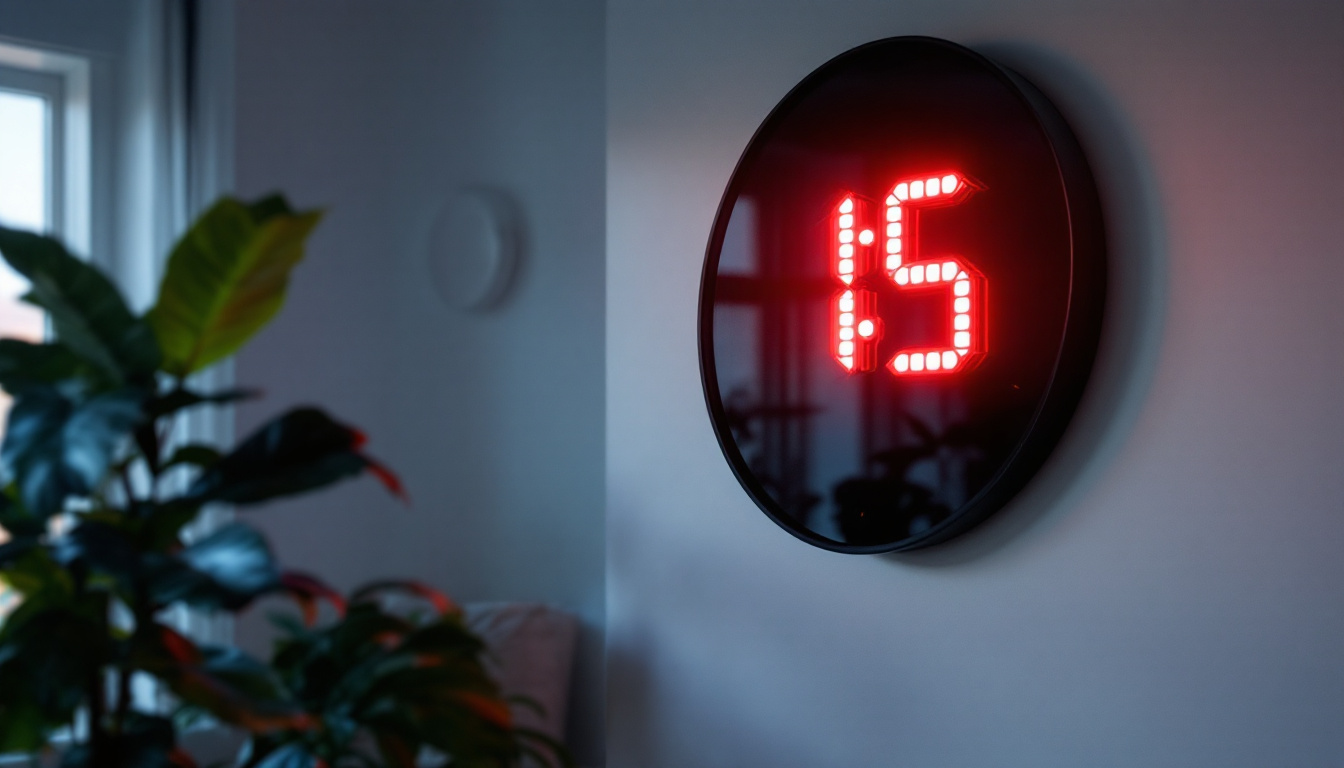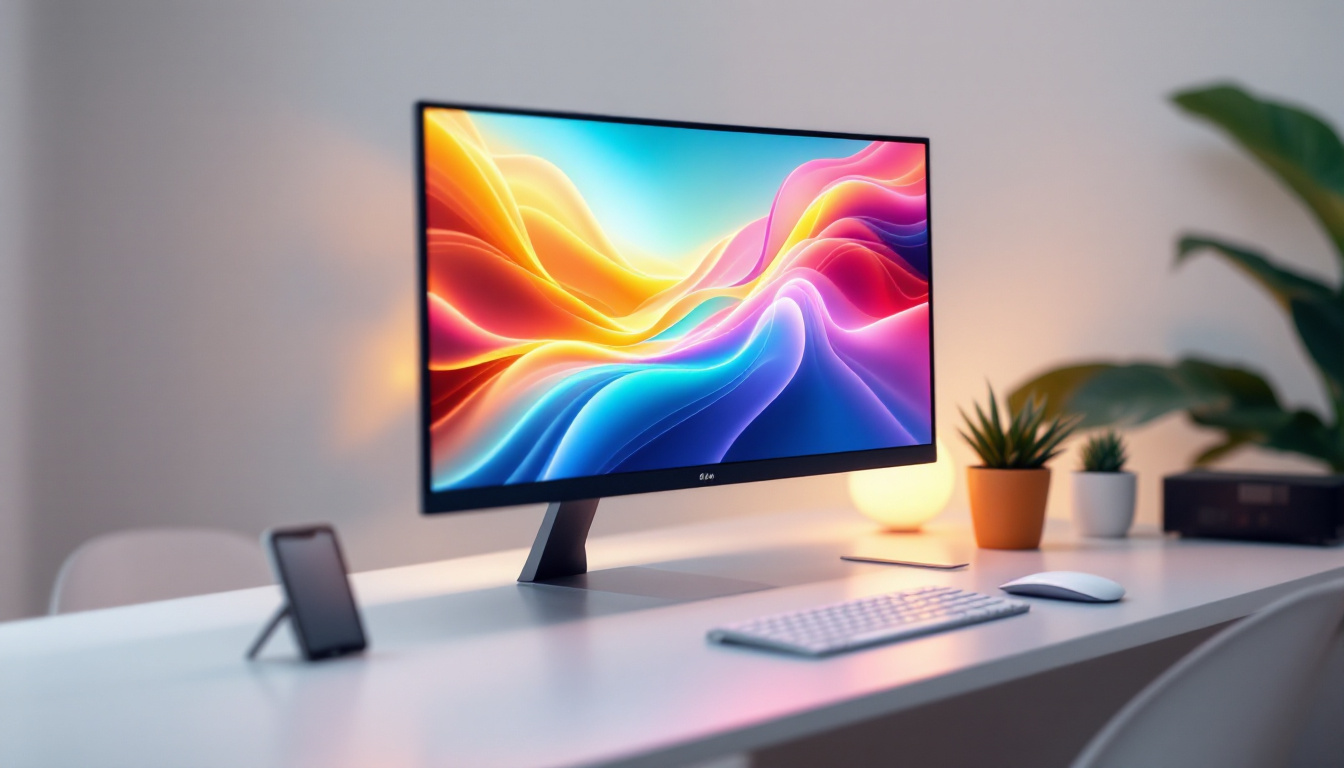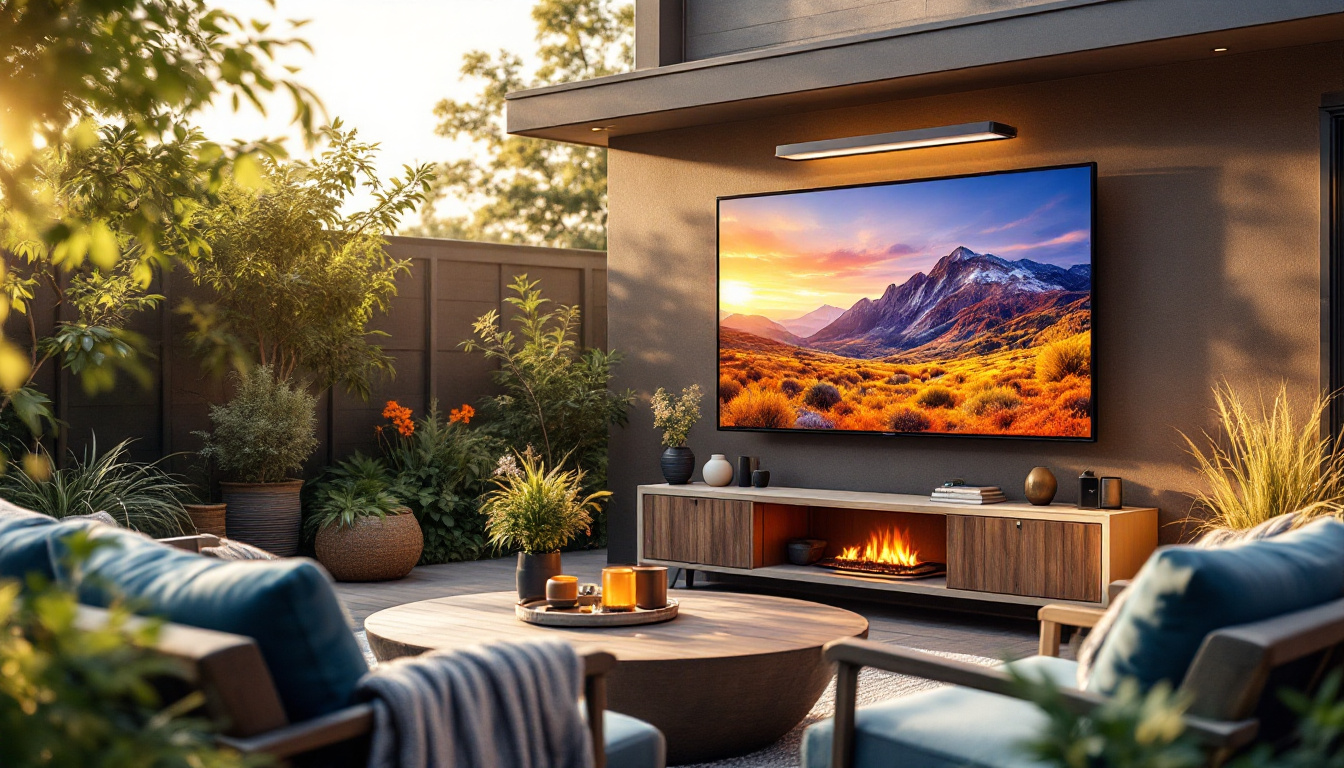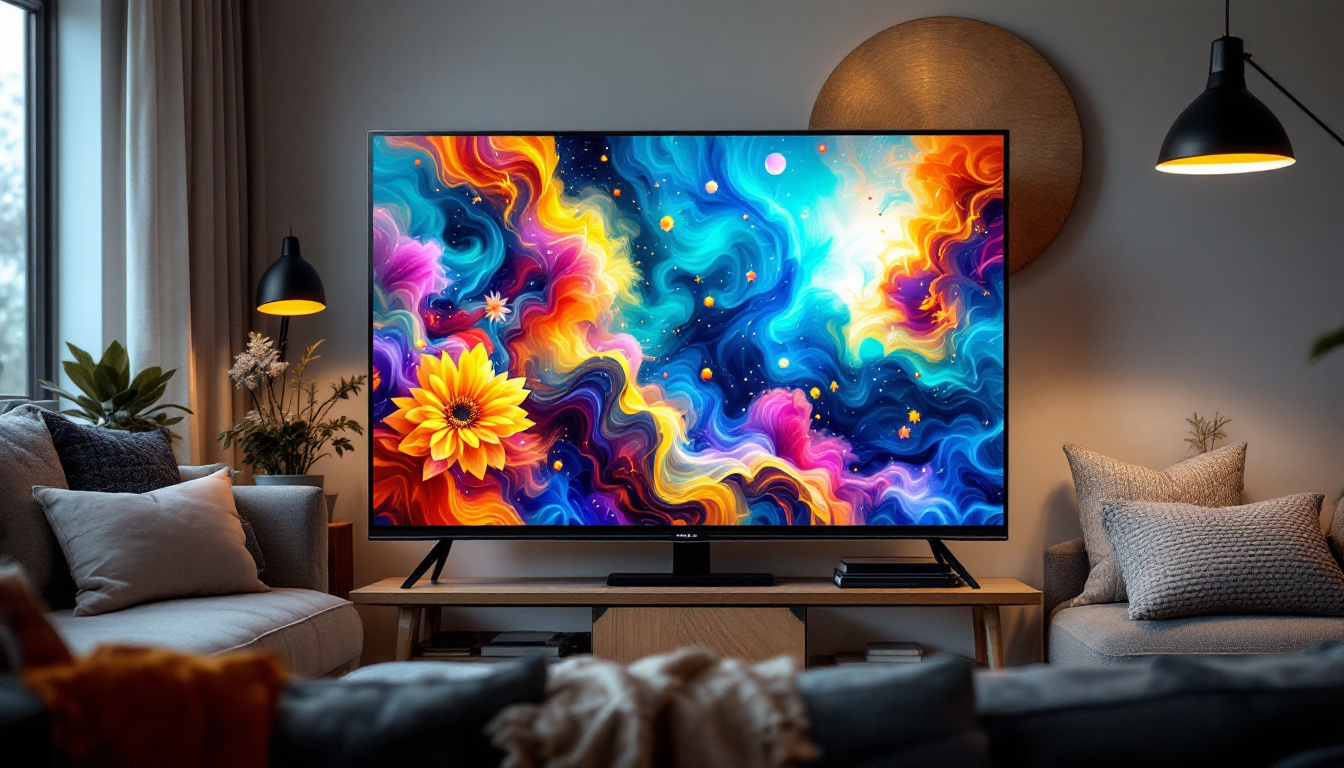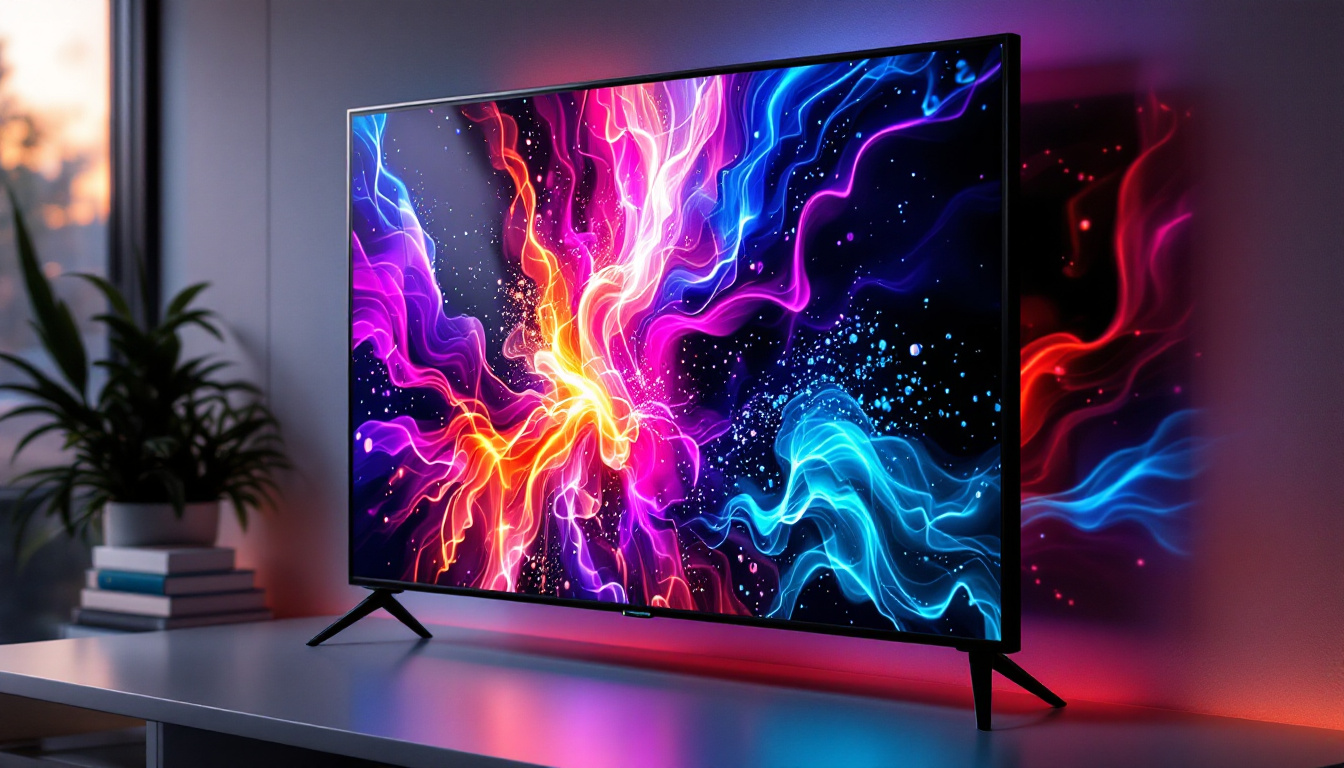65 Inch TV Screen Replacement: LED Display Explained
In the world of home entertainment, a 65-inch television is often seen as the ideal centerpiece for an immersive viewing experience. However, accidents happen, and screens can crack or malfunction. Understanding the intricacies of LED display technology can help consumers make informed decisions when it comes to screen replacements. This article delves into the essentials of 65-inch TV screen replacement, focusing on LED displays.
Understanding LED Display Technology
LED (Light Emitting Diode) technology has revolutionized the television industry. Unlike traditional LCD screens that utilize fluorescent backlighting, LED screens are brighter, more energy-efficient, and capable of producing deeper blacks and more vibrant colors.
How LED Displays Work
At the core of LED technology is the use of tiny diodes that emit light when an electric current passes through them. These diodes can be arranged in various configurations, such as edge-lit or backlit, to create the images we see on our screens. In edge-lit displays, LEDs are placed along the edges of the screen, while backlit displays have LEDs positioned directly behind the screen, providing more uniform brightness.
Additionally, LED displays can utilize different color technologies, such as RGB (Red, Green, Blue) to create a full spectrum of colors. This capability allows for a more realistic and immersive viewing experience, making LED displays a popular choice among consumers. Furthermore, advancements in technology have led to the development of Quantum Dot LED (QLED) displays, which enhance color accuracy and brightness even further by using nanometer-sized semiconductor particles that emit precise colors when illuminated by the LED backlight.
Advantages of LED Displays
LED displays offer several advantages over traditional display technologies. Their energy efficiency is a significant benefit, as they consume less power than older models. This efficiency not only helps reduce electricity bills but also contributes to a smaller carbon footprint.
Moreover, LED screens are generally thinner and lighter, making them easier to mount on walls or fit into entertainment centers. The enhanced picture quality, with brighter images and better contrast ratios, also makes LED displays a preferred option for movie enthusiasts and gamers alike. In addition to these benefits, LED technology is also known for its longevity; LED displays typically have a longer lifespan compared to their LCD counterparts, often lasting over 50,000 hours of use. This durability not only provides value for consumers but also reduces the frequency of replacements, further minimizing electronic waste in landfills.
Common Issues Leading to Screen Replacement
Despite their advantages, LED displays are not immune to problems. Various issues can lead to the need for a screen replacement, particularly in larger models like the 65-inch TV. Understanding these common issues can help owners take preventive measures.
Physical Damage
One of the most common reasons for screen replacement is physical damage. This can occur due to accidental drops, impacts from objects, or even pressure applied to the screen. A cracked or shattered screen not only affects visual quality but can also pose safety hazards, making immediate replacement necessary. It’s important to handle your television with care, using protective covers when transporting it and ensuring that it is mounted securely on the wall or placed on a stable surface. Additionally, investing in a sturdy stand or wall mount can significantly reduce the risk of accidents that lead to physical damage.
Image Retention and Burn-In
Although less common in LED displays compared to older technologies, image retention and burn-in can still occur. Image retention happens when a static image remains on the screen for an extended period, causing temporary ghosting effects. Burn-in, on the other hand, is a more permanent issue where certain images become permanently etched into the screen. Both situations may necessitate screen replacement if they cannot be resolved through recalibration or other methods. To mitigate these risks, users should avoid leaving static images on the screen for prolonged periods and consider utilizing screen savers or pixel-shifting features that many modern TVs offer to help prevent these issues from arising.
Backlight Failure
Another issue that can lead to screen replacement is backlight failure. If the LEDs that provide illumination to the screen malfunction, it can result in dark patches or complete sections of the screen becoming unviewable. In such cases, replacing the entire screen may be the most effective solution, especially if the TV is out of warranty. Regular maintenance can help prolong the life of the backlight; ensuring proper ventilation around the TV and avoiding excessive heat can prevent overheating, which is a common cause of backlight failure. Furthermore, being aware of the signs of backlight issues—such as flickering or uneven brightness—can prompt timely action before the problem escalates to the point of requiring a full replacement.
Evaluating the Cost of Screen Replacement
When faced with a damaged screen, one of the first considerations is the cost of replacement. The price can vary significantly based on several factors, including the brand, model, and extent of the damage.
Factors Influencing Replacement Costs
The brand and model of the TV play a crucial role in determining replacement costs. High-end brands often have more expensive parts, and the availability of specific screens can also impact pricing. Additionally, the complexity of the repair process can affect labor costs. For instance, some models may require more time and expertise to disassemble and replace the screen.
Another factor to consider is whether to opt for original manufacturer parts or third-party alternatives. While original parts may ensure compatibility and quality, they often come at a premium. Conversely, third-party options can be more affordable but may vary in quality and durability.
DIY vs. Professional Replacement
Deciding between a DIY approach and professional help is another critical aspect of evaluating replacement costs. While attempting a DIY repair can save money, it requires a certain level of technical skill and the right tools. For those inexperienced with electronics, the risk of causing further damage may outweigh the potential savings.
On the other hand, hiring a professional can provide peace of mind, ensuring that the job is done correctly. However, this option will generally be more expensive. It is essential to weigh the pros and cons of each approach before making a decision.
Steps for Replacing a 65-Inch TV Screen
For those who decide to proceed with a screen replacement, understanding the steps involved can help streamline the process. Whether opting for a DIY approach or hiring a professional, familiarity with the procedure can be beneficial.
Gather Necessary Tools and Materials
Before starting the replacement process, it is essential to gather all necessary tools and materials. Common tools may include a screwdriver set, plastic prying tools, and a soft cloth to handle the screen safely. Additionally, acquiring a replacement screen that is compatible with the specific model is crucial.
It is advisable to review the manufacturer’s guidelines or seek online tutorials specific to the TV model to ensure all required tools are on hand.
Disassembling the TV
The next step involves carefully disassembling the TV to access the screen. This process typically begins by removing the back panel, which may require unscrewing several screws. It is vital to handle all components gently to avoid causing additional damage.
Once the back panel is removed, the connections to the screen must be carefully detached. This step often involves disconnecting various cables and removing brackets that hold the screen in place. Patience and attention to detail are key during this stage to ensure nothing is damaged.
Installing the New Screen
After the old screen has been removed, the new screen can be installed. This process generally involves reversing the disassembly steps, carefully reconnecting cables, and securing the screen in place with brackets.
Once the new screen is in position, the back panel can be reattached, ensuring all screws are tightened securely. After reassembly, it is crucial to test the TV to confirm that the new screen is functioning correctly before finalizing the repair.
Preventive Measures to Extend Screen Lifespan
While accidents can happen, taking preventive measures can significantly extend the lifespan of a TV screen. Implementing a few simple strategies can help protect the investment in a 65-inch television.
Proper Placement and Mounting
Where the TV is placed can greatly influence its longevity. Ensuring that the TV is mounted securely on a wall or placed on a stable surface can reduce the risk of accidental falls. Additionally, positioning the TV away from high-traffic areas can help prevent unintentional bumps or impacts.
Using a quality wall mount that is rated for the TV’s weight can also provide added security. It is essential to follow the manufacturer’s guidelines for mounting to ensure safety and stability.
Regular Maintenance and Cleaning
Regular maintenance is crucial for keeping a TV in optimal condition. This includes cleaning the screen with appropriate materials to avoid scratches and damage. Using a microfiber cloth and a gentle cleaning solution designed for electronics can help maintain clarity and prevent buildup of dust and grime.
Additionally, ensuring that the TV is kept in a well-ventilated area can prevent overheating, which can lead to various issues over time. Regularly checking for software updates can also enhance performance and longevity.
Conclusion
Replacing a 65-inch TV screen can be a daunting task, but understanding LED display technology and the steps involved can make the process more manageable. By being aware of common issues, evaluating costs, and taking preventive measures, consumers can ensure that their investment in home entertainment remains protected.
Whether opting for a professional service or tackling the replacement as a DIY project, knowledge is key. With the right approach, a new screen can restore the viewing experience and breathe new life into a beloved television.
Explore Cutting-Edge Screen Technology with LumenMatrix
If you’re looking to elevate your viewing experience or need a high-quality replacement for your 65-inch TV screen, look no further than LumenMatrix. As a pioneer in LED display technology, we offer an extensive range of innovative solutions tailored to meet your needs. From Indoor and Outdoor LED Wall Displays to specialized options like Vehicle LED Displays and LED Sports Displays, our products are designed to create immersive visual experiences and enhance brand visibility. Embrace the future of visual communication with our LED Transparent Displays and Custom LED solutions that promise to captivate your audience. Don’t let a damaged screen hold you back—Check out LumenMatrix LED Display Solutions today and transform your space with unparalleled clarity and impact.

